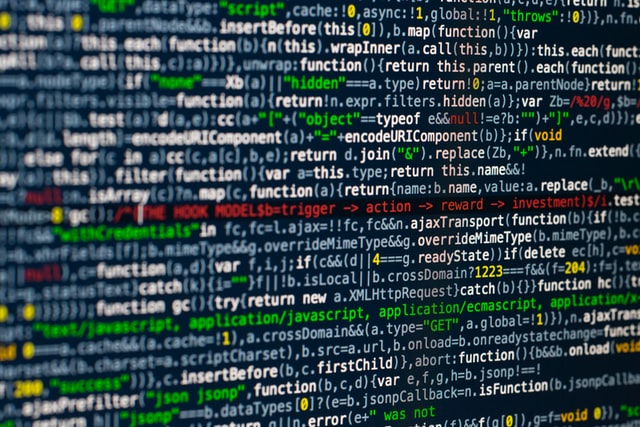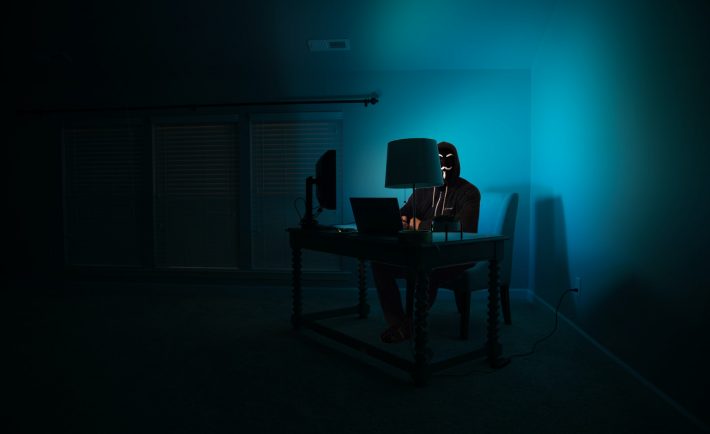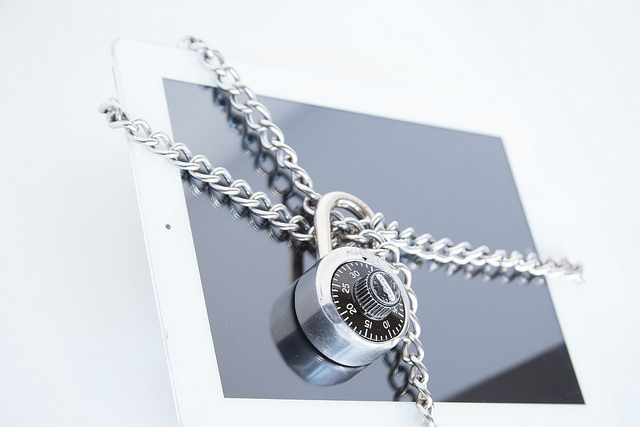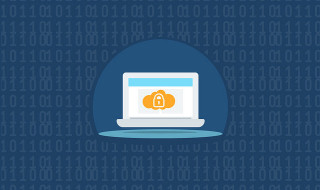As the new normal favors the utilization of mobile and other cashless transactions, we are more vulnerable to cyber-attacks such as phishing. While fishing is a delightful act of catching fishes, phishing is a fraudulent act of obtaining sensitive information from individuals.
Phishing attacks obtain sensitive information such as passwords, usernames, and credit card details by disguising itself as a trustworthy entity. You must be vigilant when spotting different phishing traps like the ones on this list.
#1: WEBSITES CAN BE SLIGHTLY MISSPELLED
Have you ever been a victim of a website that looks legitimate, only to find out that you have given your email address to scammers? Domain spoofing is the method of mimicking a website’s domain or creating fraudulent websites such as apple.co instead of apple.com. The cyber-criminal creates a harmful website that looks authentic and some may have the green “secured connection” icon.
Many websites have built-in features to counteract this attack. To increase your safety, you should manually type in the address or the domain name. In the case of an email-based attack, please beware of email headers that appear similar to the company’s legitimate email.
#2: PHISHING ATTACKS CAN APPEAR AT ANY MOMENT
Gone are the days when phishing emails appear as a standalone email. In this day and age, phishing emails can insert itself into an existing email thread. You may be caught off guard and subjected to downloading malicious data and spyware.
For instance, you may be in the middle of a negotiation between business partners. About six emails in, you can get one that prompts you to download a document. Avoid downloading all sorts of malware by checking where the email came from. If anything appears out of the ordinary, always check the email’s sender for your safety.
#3: SOCIAL MEDIA POSTS CAN BE USED TO PHISH FROM YOU
Facebook, Twitter, Instagram, and other social media platforms can be used by cyber-criminals against you. They can create phishing emails or private messages that are related to the context of your posts. Even your LinkedIn profiles, filled with your achievements and your previous workplaces, can be used to create fraudulent emails by disguising as your old boss.
Let us take your Instagram as an example. For instance, you have uploaded your recent stay-cation in a five-star hotel. The hacker may use that against you by sending an email that you “have left this while you were vacationing in the hotel”. You may click the photo and start downloading a malware or spyware. Alternatively, they may ask you for sensitive information to get the item you have supposedly left behind. Notice these giveaway signs to know that there is something “phish-y” going on.
#4: PAYMENT REQUESTS MAY TRAP YOU
One of the most common phishing attacks are in the form of payment requests or statements saying that you have to verify something or that you have failed your last transaction. In this situation, you will be asked to click a link to verify your payment details. They may use your Spotify or Netflix subscriptions as traps. You may even send out your credit card numbers to update your billing information.
You may be a victim of unwanted purchases without your consent. Someone from a different country or area may use your credit card information to purchase an expensive luxury item at your expense. This is why you must answer payment requests with careful authentication. Call your service provider to confirm if the email you have received is genuine. Do not click any email link before you get the clear verification.

Image Credits: unsplash.com
At the end of the day, educating yourself about the different kinds of phishing tactics can help you to secure your personal and business information and to manage ongoing attacks. You need to protect these sensitive information to safeguard your wealth!




